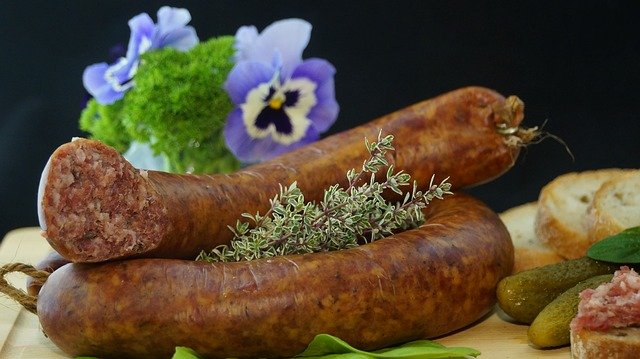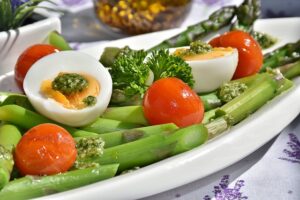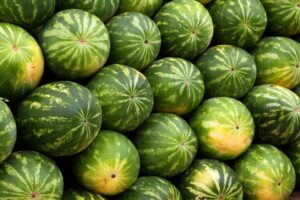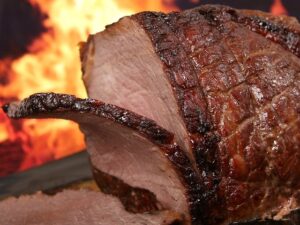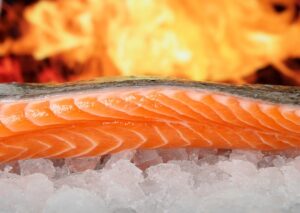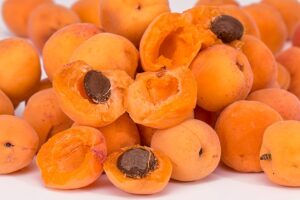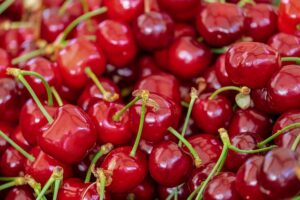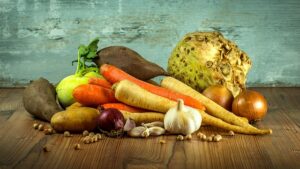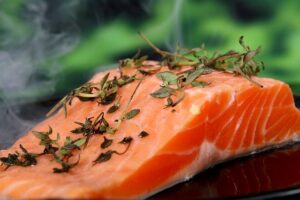Introduction
Eating enough protein is essential for maintaining a healthy body and supporting various bodily functions. The recommended daily intake of protein varies depending on factors such as age, sex, weight, and activity level. For individuals looking to consume 120 grams of protein per day, it is important to have a well-planned diet that includes protein-rich foods. In this article, we will explore various strategies and food sources to help you meet your protein goals.
Calculating Protein Needs
Before diving into the specifics of meeting a daily protein target of 120 grams, it is crucial to understand how to calculate your individual protein needs. The general guideline is to consume 0.8 grams of protein per kilogram of body weight. To convert your weight from pounds to kilograms, divide it by 2.2. For example, if you weigh 150 pounds (68 kg), your protein requirement would be approximately 55 grams per day. However, if you are an athlete or engage in intense physical activity, you may need more protein to support muscle recovery and growth.
Protein-Rich Food Sources
To meet a daily protein goal of 120 grams, it is important to include a variety of protein-rich foods in your diet. Here are some excellent sources of protein:
Poultry and Meat: Chicken breast, turkey breast, lean beef, and pork tenderloin are all excellent sources of protein. Aim for lean cuts and avoid excessive consumption of processed meats.
Fish and Seafood: Fish such as salmon, tuna, and trout are not only rich in protein but also provide essential omega-3 fatty acids. Other seafood options like shrimp, crab, and mussels are also great protein sources.
Dairy Products: Milk, yogurt, and cheese are high in protein. Greek yogurt, in particular, is a popular choice due to its high protein content.
Eggs: Eggs are an affordable and versatile source of protein. They can be consumed in various forms, such as boiled, scrambled, or in omelets.
Legumes and Pulses: Lentils, chickpeas, black beans, and other legumes are not only high in protein but also rich in fiber. They are excellent options for vegetarians and vegans.
Nuts and Seeds: Almonds, peanuts, chia seeds, and hemp seeds are examples of protein-rich nuts and seeds. They can be consumed as snacks or added to meals and smoothies.
Meal Planning for 120 Grams of Protein
To ensure you are consuming enough protein throughout the day, it is helpful to plan your meals in advance. Here is an example meal plan to reach a daily protein goal of 120 grams:
Breakfast: Start your day with a protein-packed breakfast. This could include a vegetable omelet with two eggs, spinach, and feta cheese, accompanied by a side of Greek yogurt.
Lunch: For lunch, opt for a grilled chicken breast salad with mixed greens, cherry tomatoes, cucumbers, and a sprinkle of nuts or seeds for added protein.
Snack: Enjoy a protein-rich snack between meals, such as a handful of almonds or a protein shake made with your choice of protein powder and almond milk.
Dinner: Prepare a dinner consisting of grilled salmon, a side of quinoa, and roasted vegetables like broccoli and carrots.
Evening Snack: Before bed, have a snack like cottage cheese or a casein protein shake to provide your body with a slow-release protein source during sleep.
Conclusion
Meeting a daily protein goal of 120 grams requires careful planning and incorporating a variety of protein-rich foods into your diet. By calculating your individual protein needs and including sources such as poultry, fish, dairy, legumes, nuts, and seeds, you can easily achieve your protein target. Remember to plan your meals in advance to ensure you are consuming enough protein throughout the day.
References
– Mayo Clinic: Protein: How much do you need every day? (mayoclinic.org)
– Healthline: High-Protein Foods: The Ultimate List (healthline.com)
– National Institutes of Health: Dietary Supplement Fact Sheet: Protein (ods.od.nih.gov)

